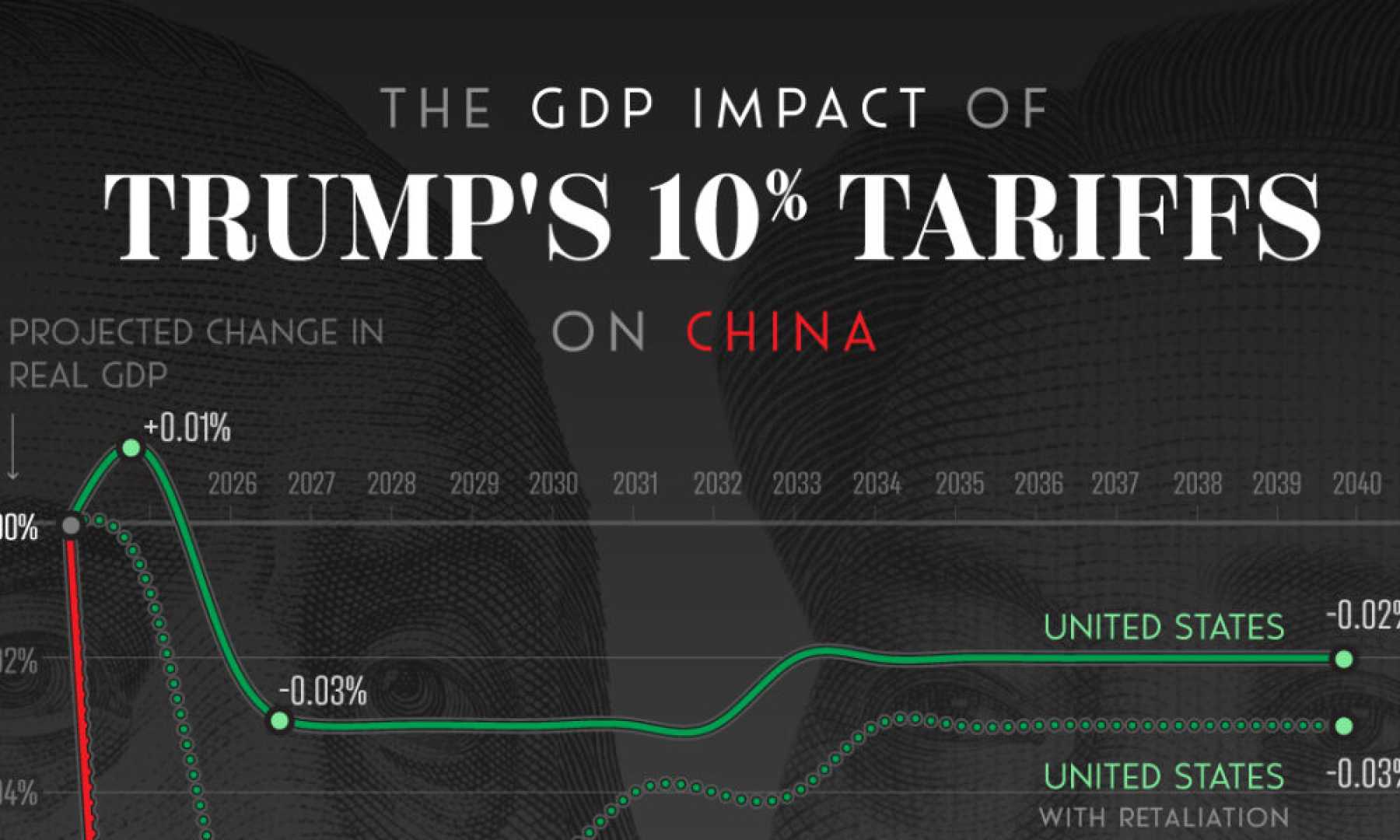Business
Trump Tariff Projections Spark Debate Over Revenue and Economic Impact

WASHINGTON – White House aide Peter Navarro claimed Sunday that President Donald Trump’s upcoming tariffs could generate over $6 trillion in federal revenue over the next decade, positioning the potential measure as one of the largest tax increases in American history.
Speaking on Fox News, Navarro, who serves as Trump’s senior counselor for trade and manufacturing, asserted that the tariffs slated to take effect Wednesday would impose $100 billion annually on auto imports, with additional tariffs expected to raise another $600 billion each year. This would amount to $6 trillion over a ten-year period.
“The message is tariffs are tax cuts. Tariffs are jobs. Tariffs are national security,” Navarro stated confidently. “They will make America great again.” His remarks come as Trump calls Wednesday “Liberation Day,” suggesting a major announcement regarding tariffs.
However, critics, including many economists, argue that such high tariff rates effectively equate to tax increases that consumers will absorb through higher prices on imported goods.
“That is a tax,” said Sen. Mark Warner in a subsequent interview also on Fox News. “That money doesn’t come falling out of the sky. That money comes because the price of these products will go up, Americans will pay more. We’re talking a $700 billion tax.”
Historically, the largest tax increase prior to this was implemented during World War II, raising approximately $10 billion annually, equivalent to about $200 billion adjusted for inflation today. Navarro’s projected tariff revenues raise questions regarding consumer purchasing behaviors, especially if prices of imported goods rise substantially.
Despite Navarro’s optimistic outlook, experts remain skeptical of whether the tariffs can generate the expected revenue, particularly considering that any increase in prices could lead to decreased demand for imports. Economists suggest that if the expected tariffs were to be enforced, it could lead to significant changes in consumer buying patterns.
Trump has previously implemented tariffs on goods from China, Mexico, and Canada, and this week a new 25% tariff on a wide range of imported items is set to be activated. Navarro intimated that the tariffs could lay the groundwork for renewed tax cuts by Congress later this year, although this remains uncertain in light of ongoing debates about the economic impacts of the tariffs.
In an overview of the tariff landscape, Canadian energy imports are expected to face a 10% tariff, rather than the 25% proposed for many other imports. Chinese goods will likely bear a 20% tariff. The President indicated that not all imported goods will be subject to tariffs; rather, the focus will be on countries deemed to have “unfair” trade policies.
Navarro’s statements on Fox News have only deepened the conversation about the economic impact and advisability of such tariffs. Even as discussions unfold, markets react with uncertainty amid growing fears about the global trade war instigated by Trump’s administration.












